Introduction
A bright, white smile is often considered a sign of health, vitality, and confidence. However, the pursuit of that perfect smile doesn’t always require expensive professional treatments. Over the years, at-home teeth whitening methods have gained significant popularity, offering a more affordable alternative to in-office whitening procedures. While these DIY whitening solutions can be effective, they often come with trade-offs that consumers should consider. This article will delve into at-home whitening options, compare them with professional whitening treatments, and provide tips for maintaining a bright smile without breaking the bank.
At-Home Whitening Products: A Convenient Option
At-home teeth whitening products have become a staple in oral care routines for many people. These products range from whitening toothpaste to strips and gels. They promise to offer convenience and affordability without the need for a dentist’s intervention. Let’s explore some of the most popular options and how they work.
Whitening Toothpaste
Whitening toothpaste is one of the most common at-home whitening products. These toothpaste varieties contain mild abrasives or chemical agents that help remove surface stains caused by coffee, tea, smoking, or other staining foods. The main goal of whitening toothpaste is to polish the teeth and reduce discoloration. However, it’s important to note that whitening toothpaste only works on extrinsic stains, which are stains on the surface of the teeth, and has minimal impact on deeper stains or intrinsic discoloration.
While whitening toothpaste can provide a mild brightening effect, the results are typically subtle. Most people will notice slight improvements after consistent use over several weeks. It’s important to choose a toothpaste with the American Dental Association (ADA) Seal of Acceptance, ensuring that it is safe for enamel and won’t cause excessive abrasion.
Whitening Strips
Whitening strips are another popular at-home whitening method. These strips typically contain peroxide-based bleaching agents, which can help break down stains and whiten teeth over time. The strips are applied directly to the teeth and are usually worn for 30 minutes to an hour each day, depending on the brand and product instructions. Most whitening strips show noticeable results after 7-10 days of use.
The advantage of whitening strips is that they are easy to use, affordable, and available over-the-counter. However, the results may not be as dramatic or long-lasting as professional treatments. Additionally, some users may experience tooth sensitivity or gum irritation, particularly if the strips are left on for too long or used too frequently.
Whitening Gels and Trays
Whitening gels and trays are another option for at-home whitening. The gels are typically applied to the teeth using a tray that molds to the shape of your mouth. These trays are often custom-made or purchased over-the-counter and are worn for an hour or more each day. The gel contains peroxide, which helps break down stains and brighten the teeth.
While whitening gels and trays can offer more noticeable results than toothpaste and strips, they tend to be more time-consuming and may cause some discomfort, such as gum irritation or tooth sensitivity. However, they are generally effective for both surface stains and deeper discoloration, making them a stronger option for people looking for more significant results.
Whitening Pens
Whitening pens are a more recent addition to the at-home whitening arsenal. These pens are compact and easy to use, with a brush-on gel formula that is applied directly to the teeth. Whitening pens are ideal for targeted areas of discoloration and are a convenient option for those looking to whiten their teeth on the go.
While whitening pens are easy to carry around and use, they generally provide less dramatic results compared to strips or trays. However, they can still be useful for touch-ups and maintaining the results of more intensive whitening treatments.
Proper Oral Hygiene to Maintain a Bright Smile
While whitening products can certainly help achieve a brighter smile, they should be used in conjunction with proper oral hygiene habits to maintain that shine. In fact, maintaining a consistent and thorough oral care routine can go a long way in preventing stains and ensuring that your smile remains as bright as possible.
Brushing and Flossing
Brushing your teeth twice a day with fluoride toothpaste is essential for removing surface stains and plaque. For those using whitening toothpaste, it’s important to follow the manufacturer’s instructions to avoid over-brushing or damaging enamel. Flossing daily helps remove plaque and food particles between teeth, which can prevent staining and promote overall gum health.
It’s also important to brush your teeth after consuming foods and drinks that are known to cause stains, such as coffee, red wine, and berries. This will help minimize the chances of stains setting into your enamel and becoming difficult to remove.
Mouthwash
Using a mouthwash with antibacterial properties can help reduce plaque buildup and kill bacteria in the mouth that can contribute to stains and bad breath. Some mouthwashes also contain whitening agents that can help maintain the brightness of your smile over time. If you’re concerned about your teeth staining due to certain foods or beverages, using a mouthwash designed to prevent staining can help minimize discoloration.
Diet and Lifestyle
Your diet plays a crucial role in the color of your teeth. Foods and drinks that are highly pigmented, such as coffee, tea, curry, and wine, can contribute to staining over time. To protect your smile, try to limit consumption of these items, or rinse your mouth with water after consuming them. Additionally, smoking is a leading cause of tooth discoloration, so quitting or reducing smoking can significantly improve the appearance of your teeth.

Professional Whitening vs. At-Home Treatments: What’s the Difference?
While at-home whitening methods can offer significant improvements, professional whitening treatments generally provide faster, more dramatic, and longer-lasting results. Let’s compare professional whitening with at-home treatments to see where the real differences lie.
Speed and Effectiveness
One of the main advantages of professional whitening is the speed and intensity of the treatment. In-office treatments, such as Zoom! Whitening or laser whitening, use higher concentrations of bleaching agents than at-home products, which leads to faster results. While at-home products may take several days or weeks to show noticeable improvements, professional treatments can lighten your teeth by several shades in just one session.
Customization
Professional whitening treatments are customized to your specific needs. A dentist will evaluate your teeth, discuss your whitening goals, and recommend a treatment plan that works best for you. They will also protect your gums and soft tissues during the treatment to ensure that only your teeth are affected by the bleaching agents.
On the other hand, at-home whitening products are more general and may not be as effective for everyone. They also come with a greater risk of uneven results or gum irritation, especially if they are not applied correctly.
Sensitivity and Side Effects
Although professional whitening treatments are generally safe, some individuals may experience tooth sensitivity or gum irritation. However, dentists can monitor the process and take precautions to minimize discomfort. At-home whitening products, particularly those that use peroxide-based agents, can also cause tooth sensitivity, and prolonged use may lead to enamel damage or gum irritation.
Cost
One of the most significant differences between professional and at-home whitening treatments is the cost. Professional whitening can be significantly more expensive, with in-office treatments typically ranging from $300 to $1,000, depending on the procedure and location. At-home whitening products are far more affordable, with some options costing as little as $20.
However, the lower upfront cost of at-home treatments may be misleading when considering the long-term effectiveness. Professional treatments often yield longer-lasting results, meaning that you may end up spending less over time if you invest in a professional whitening session. At-home treatments may need to be repeated more frequently, which can add up in the long run.
Conclusion
Achieving a brighter smile without professional whitening is entirely possible with the right at-home products and practices. Whitening toothpaste, strips, gels, and pens can all help to brighten your teeth, but they may not provide the same dramatic, long-lasting results as professional treatments. While at-home methods offer affordability and convenience, they require consistent use and proper oral hygiene to maintain their effectiveness.
For those looking for quicker, more noticeable results, professional whitening treatments are a more reliable option. They come with a higher price tag but offer faster and more dramatic results. Ultimately, the choice between professional and at-home whitening depends on your budget, timeline, and specific whitening goals.
Whether you choose to go the DIY route or opt for professional treatments, remember that maintaining a healthy oral hygiene routine, limiting stain-causing foods, and protecting your teeth from damage will ensure that your smile stays bright for years to come.








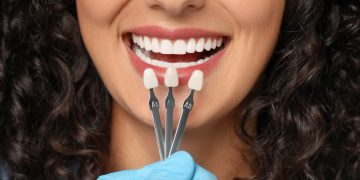










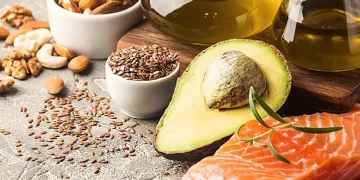





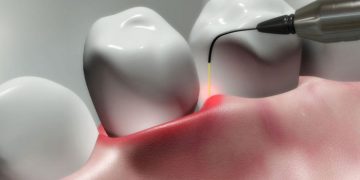




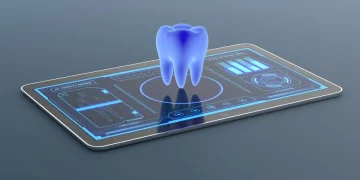
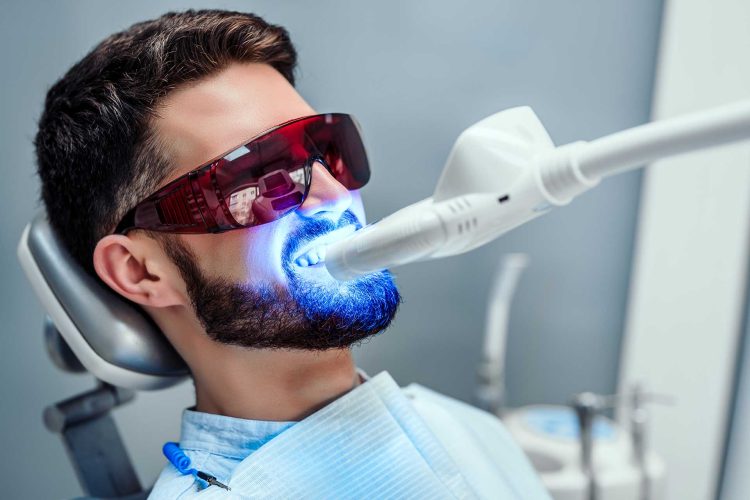













Discussion about this post